Sometimes complicated is not as good as simple - water heater leak pans. Posted: 15 Aug 2015 06:21 PM PDT Everyone knows that it is a good idea to install a leak collection pan under water heater. In fact these At a recent inspection I found the water heater in the following picture installed behind some removable With the panels out of the way one can see the plastic liner that has been created to form a pan The white pipe on the right in the picture (that terminates inside this pan) is the drain for the In Washington State, which follows the Uniform Plumbing Code (UPC), the TPRV drain cannot Another component of the leak pan is that it should have a drain so that any leaks can be safely Whoever installed this water heater had a more complicated means of dealing with monitoring for Sometimes complicated is not as good as simple. By Charles Buell, Real Estate Inspections in Seattle |
| |
Sometimes it is the little details that make all the difference - Posted: 07 Aug 2015 06:33 AM PDT Today's post is about one such little detail. In this case the risk of its being a "big deal" This is a typical lead flashing common on houses in the Northwest. The flashing is made of lead. It is designed to fit over the pipe and be lapped by the shingles Now you might ask, well how much water could that amount to really? If you look at this next picture you can see where the blue arrow points to two water lines that In this next picture we can see "why" this is happening. When they installed the nice In our area of the world, where it can rain or drizzle for weeks on end, it actually can result At any rate, even a half a cup of water a day–or any amount that would not dry in 24 hours I have found several damaged ceilings with "unexplained" past/ongoing water damage from This defect, I might add, could likely not be determined from a ladder at the edge of the roof– By Charles Buell, Real Estate Inspections in Seattle |
| |
Sunday, 18 October 2015
Sometimes complicated is not as good as simple
Subscribe to:
Post Comments (Atom)
BNZ boss warns of higher home loan rates
The Bank of New Zealand has posted its half-year profit. Photo/Bevan Conley Increased pressure on bank margins will mean higher home ...

-
http://www.interest.co.nz/property/75732/auckland-housing-consents-have-risen-strongly-three-months-row-could-end-housing There was a big ju...
-
http://www.goodreturns.co.nz/article/976502093/rates-may-not-rise-as-quickly-as-expected-economists.html Interest rates may not rise as sh...
-
The Bank of New Zealand has posted its half-year profit. Photo/Bevan Conley Increased pressure on bank margins will mean higher home ...

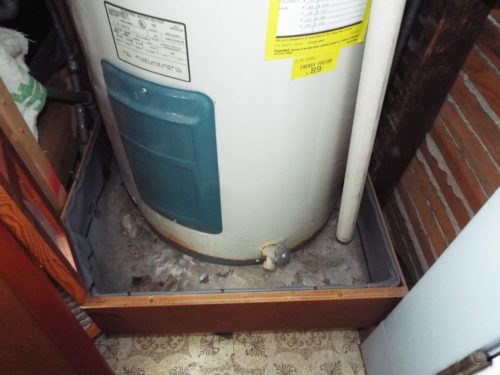
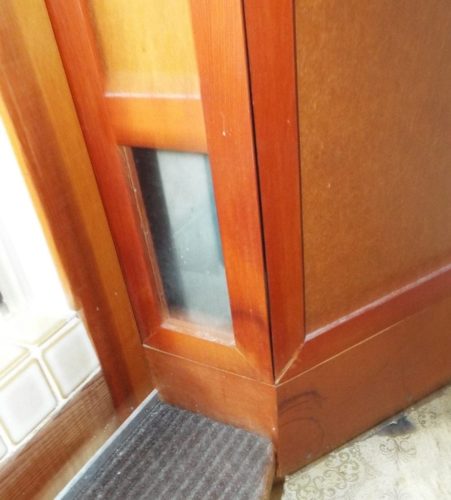
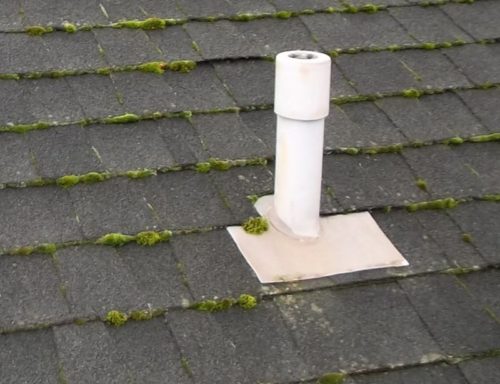
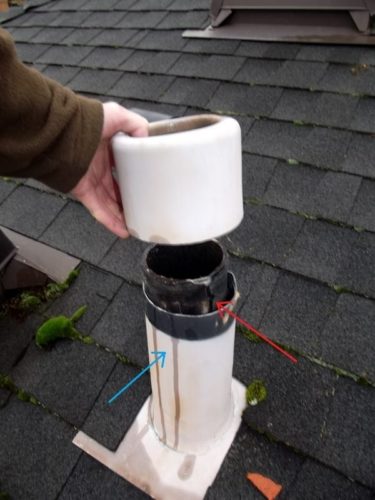
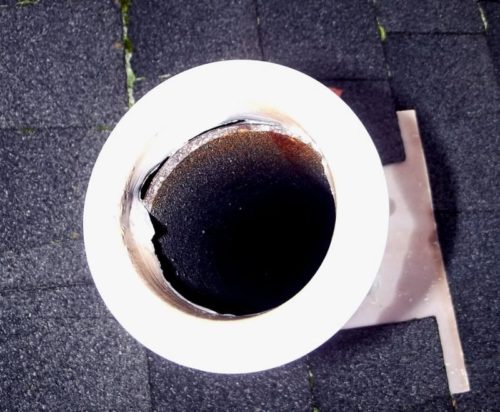


No comments:
Post a Comment